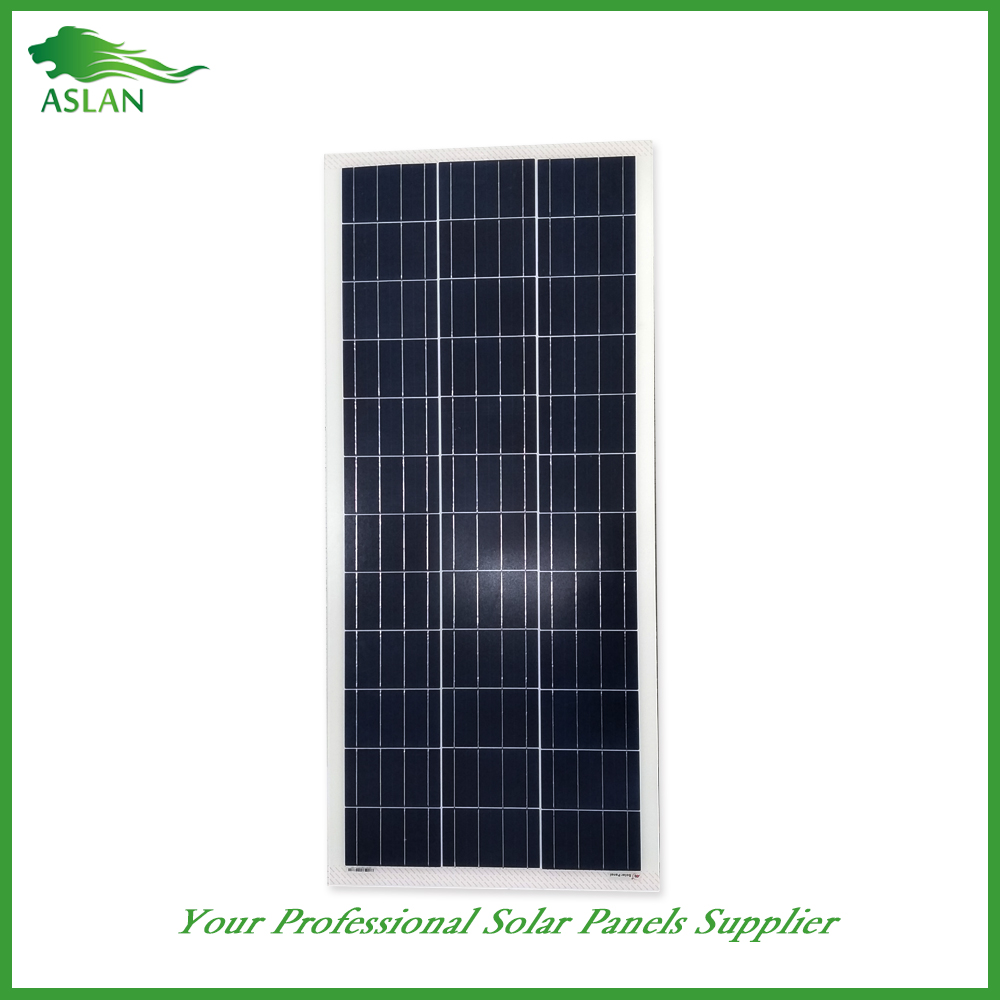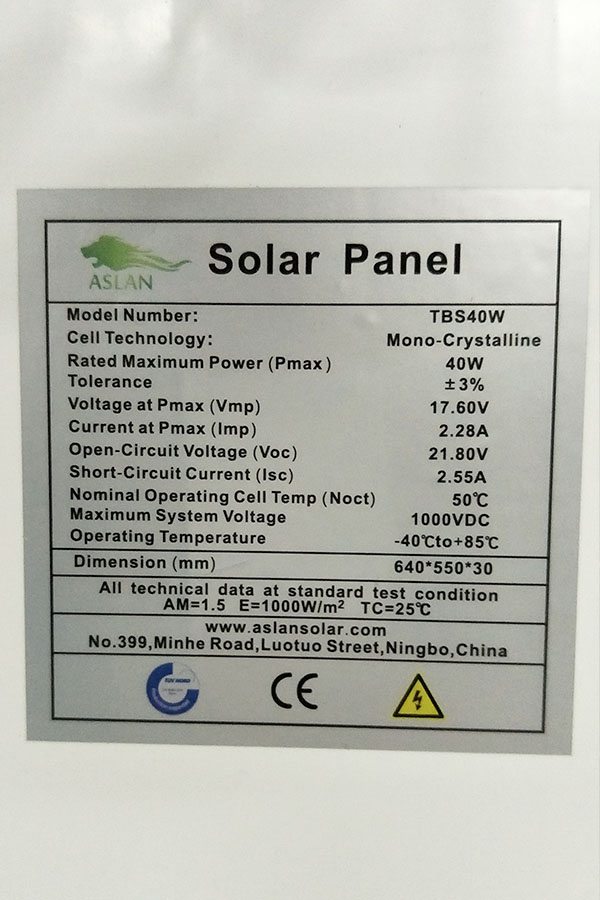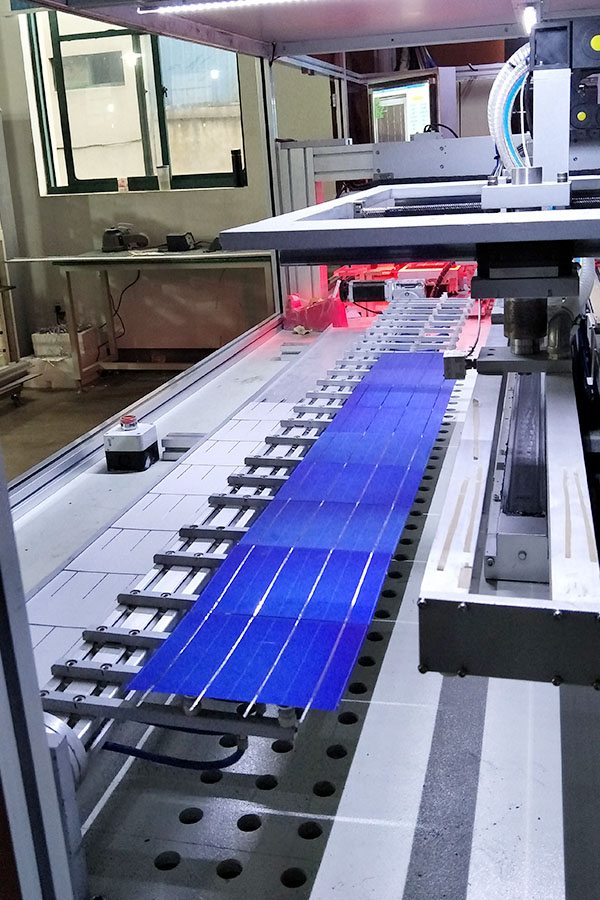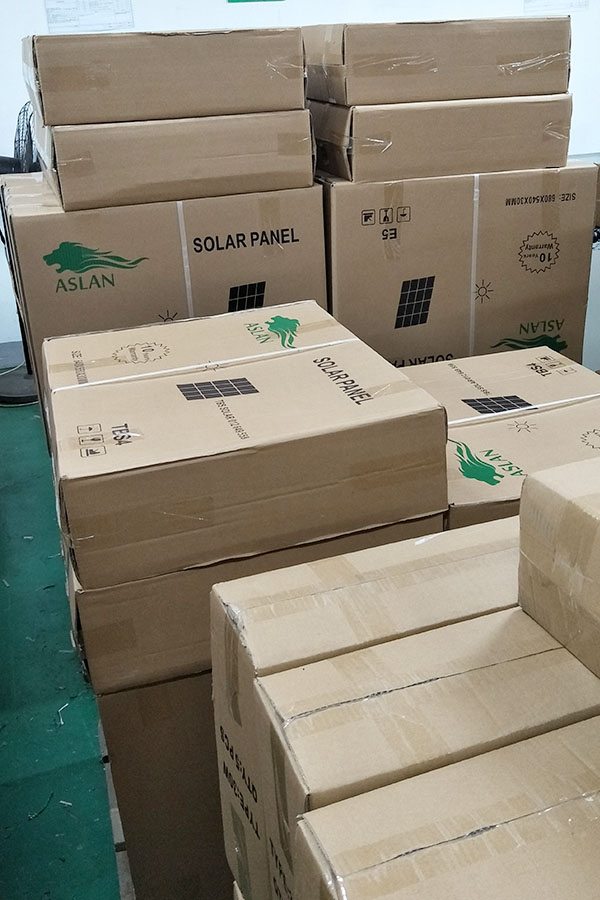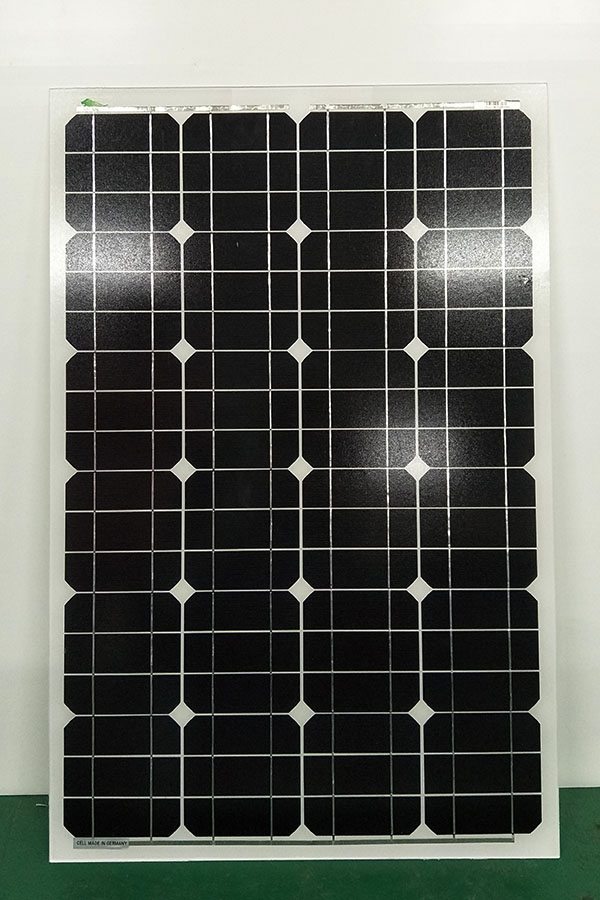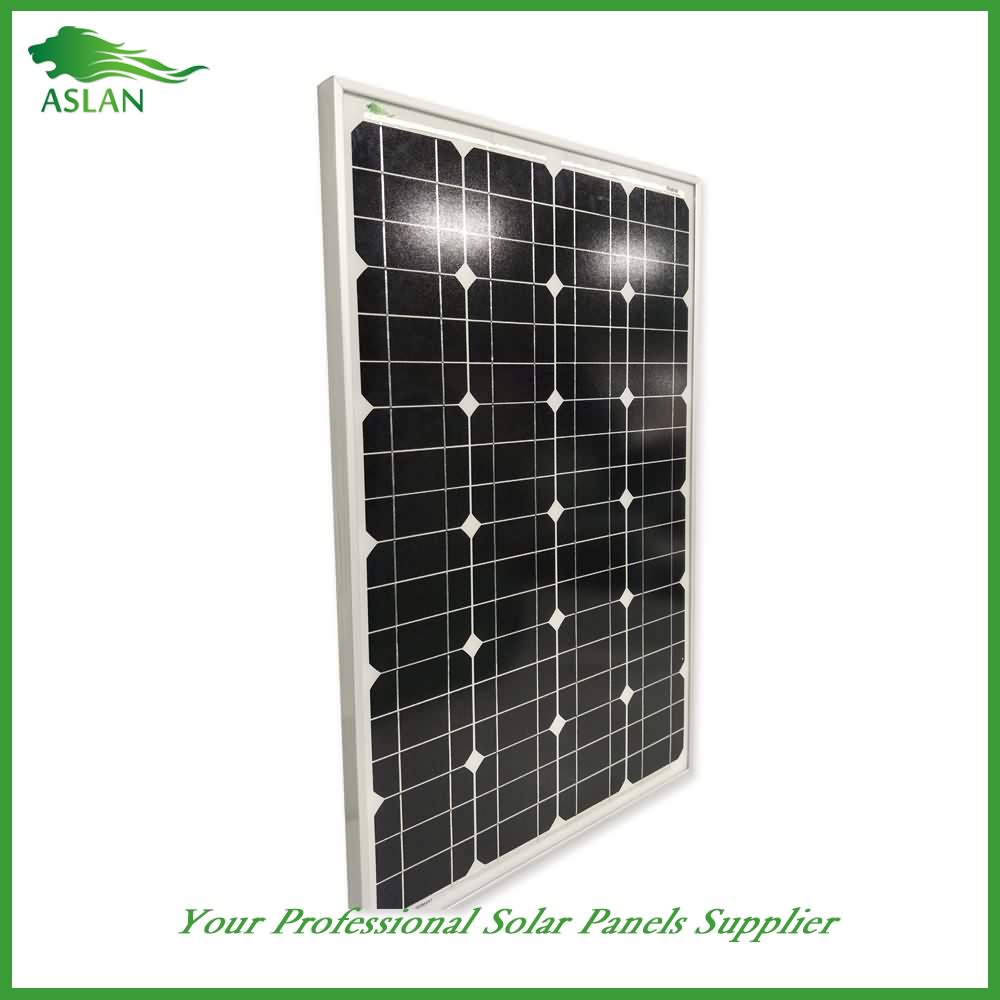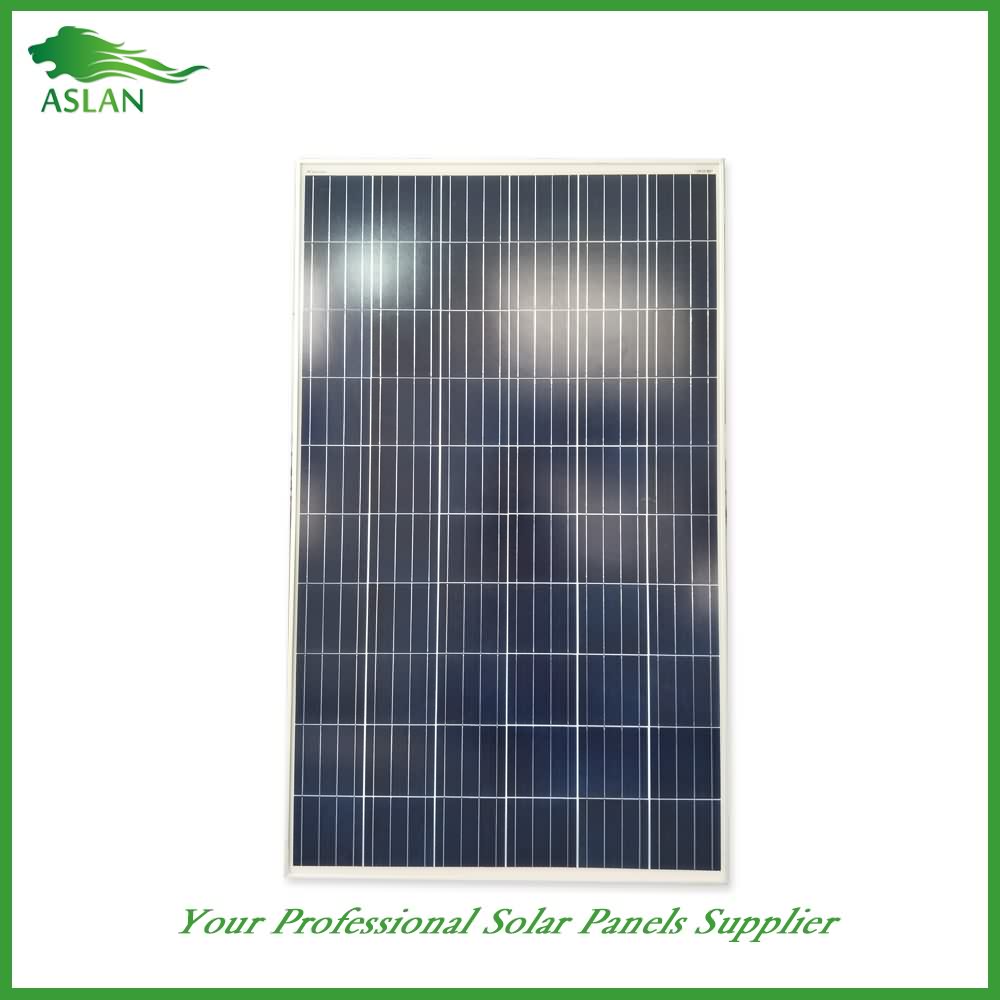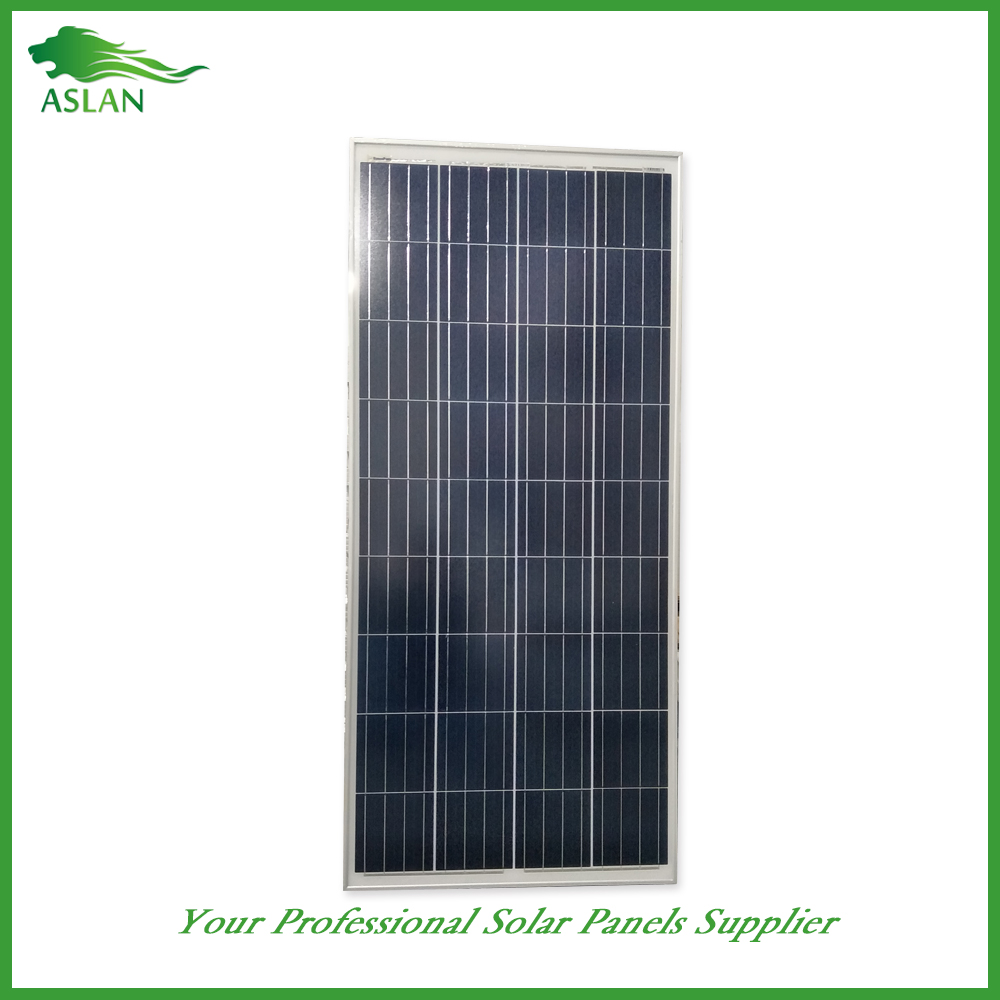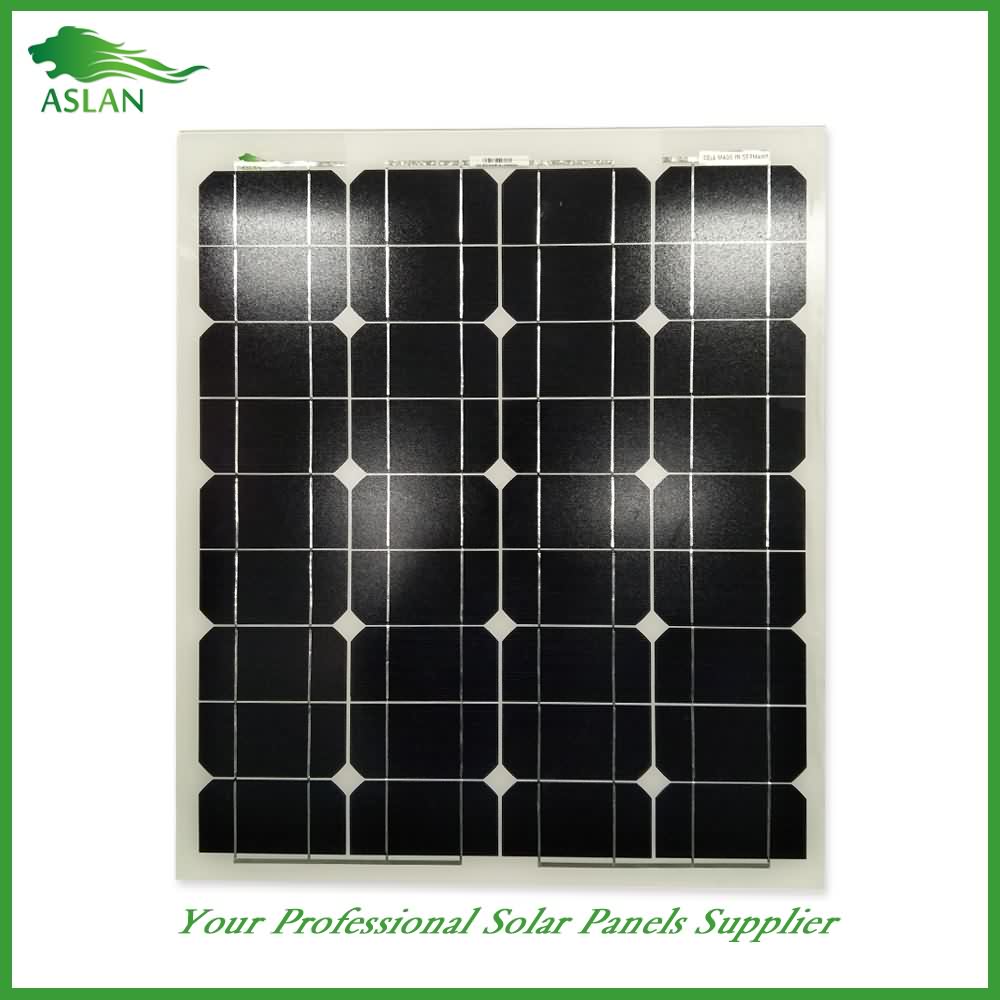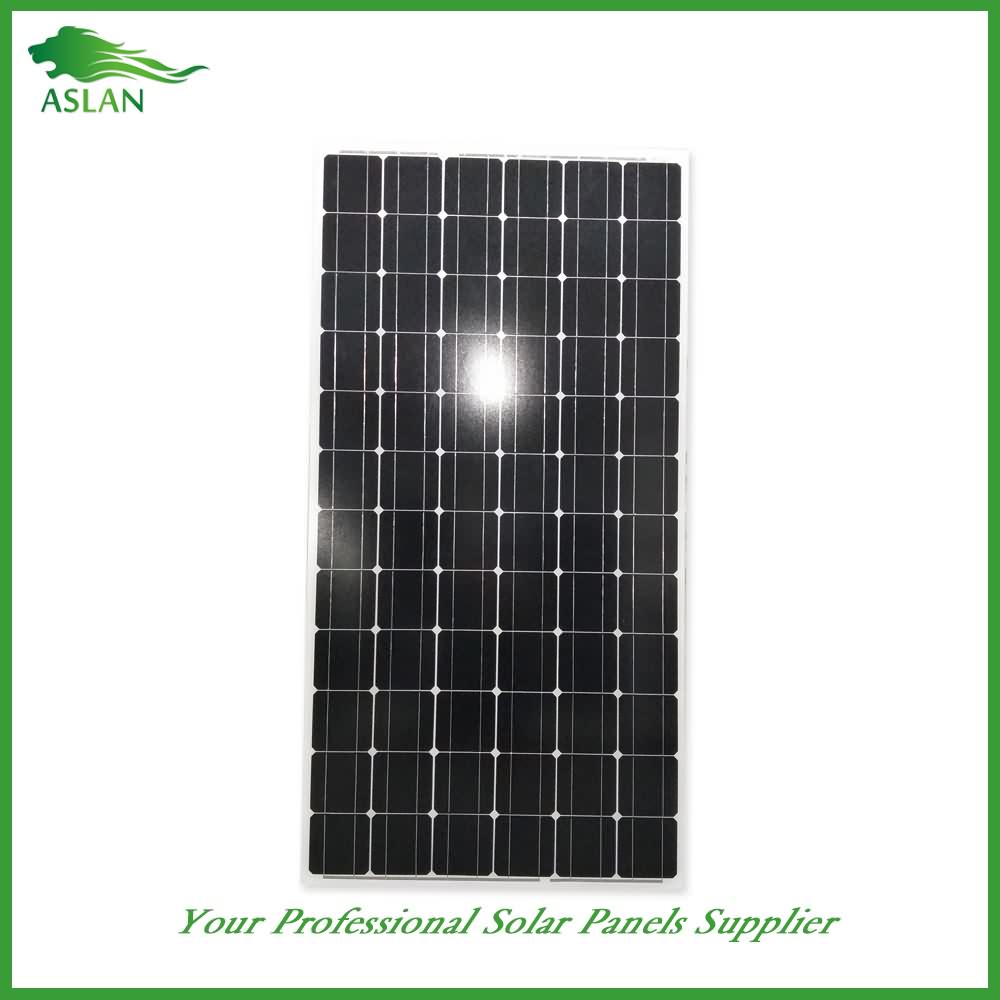7 Years manufacturer Poly-crystalline Solar Panel 90W to Swaziland Manufacturer
Short Description:
we can offer high quality products, competitive price and best customer service. Our destination is "You come here with difficulty and we give you a smile to take away" for 7 Years manufacturer Poly-crystalline Solar Panel 90W to Swaziland Manufacturer, Let's cooperate hand in hand to jointly make a beautiful future. We sincerely welcome you to visit our company or contact us for cooperation!
Poly-crystalline Solar Panel 90W
Technical parameter
Maximum Power(W) 90W
Optimum Power Voltage(Vmp) 18.33V
Optimum Operating Current(Imp) 4.91A
Open Circuit Voltage(Voc) 21.96V
Short Circuit Current(Isc) 4.89A
Mechanical Characteristics
Cell Type Poly-crystalline 156x104mm (6 inch)
No of Cell 36 (4x9pcs)
Dimensions 1008x678x35mm
Weight 8.0KGS
Front Glass 3.2mm,High Transmission, Low Iron,Tempered Glass
Junction box IP65 Rated
Output Cable TUV 1×4.0mm2/UL12AWG,Length:900mm
Temperature and Coefficients
Operating Temperature(°C): -40°C ~ + 85°C
Maximum System Voltage: 600V(UL)/1000V(IEC) DC
Maximum Rated Current Series: 15A
Temperature Coefficients of Pmax: -0.435%
Temperature Coefficients of Voc: -0.35%
Temperature Coefficients of Isc: 0.043%
Nominal Operationg Cell Temperature (NOCT): 47+/-2°C
Materials of solar panel
1).Solar Cell——Poly-crystalline solar cell 156*104mm
2).Front Glass——-3.2mm, high transmission, low iron, tempered glass
3).EVA——-excellent anti-aging EVA
4).TPT——-TPT hot seal made of flame resistance
5).Frame——anodized aluminum profile
6).Junction Box——-IP65 rated, high quality, with diode protection
Superiority: high quality anodized aluminum frame, high efficiency long life, easy installation, strong wind resistance, strong hail resistance.
Features
1. High cell efficiency with quality silicon materials for long term output stability
2. Strictly quality control ensure the stability and reliability, totally 23 QC procedures
3. High transmittance low iron tempered glass with enhanced stiffness and impact resistance
4. Both Poly-crystalline and Mono-crystalline
5. Excellent performance in harsh weather
6. Outstanding electrical performance under high temperature and low irradiance
Quality assurance testing
Thermal cycling test
Thermal shock test
Thermal/Freezing and high humidity cycling test
Electrical isolation test
Hail impact test
Mechanical, wind and twist loading test
Salt mist test
Light and water-exposure test
Moist carbon dioxide/sulphur dioxide
more at http://quickfound.net
“DEPICTS THE PROCESS, TECHNIQUES AND MATERIALS USED TO MAKE AND TEST HEAT SEALS AND SHOWS ROTARY, BAND AND JAW TYPE SEALERS IN OPERATION WITH VARIOUS BARRIER MATERIAL.”
US Army Training Film TF38-6277
US Army Training Film playlist: https://www.youtube.com/playlist?list=PL0C7C6CCF1C0DEBB3
Public domain film from the US National Archives, slightly cropped to remove uneven edges, with the aspect ratio corrected, and mild video noise reduction applied.
The soundtrack was also processed with volume normalization, noise reduction, clipping reduction, and/or equalization (the resulting sound, though not perfect, is far less noisy than the original).
http://creativecommons.org/licenses/by-sa/3.0/
https://en.wikipedia.org/wiki/Heat_sealer
A heat sealer is a machine used to seal products, packaging, and other thermoplastic materials using heat. This can be with uniform thermoplastic monolayers or with materials having several layers, at least one being thermoplastic. Heat sealing can join two similar materials together or can join dissimilar materials, one of which has a thermoplastic layer…
Heat sealing process
Heat sealing is the process of sealing one thermoplastic to another similar thermoplastic using heat and pressure. The direct contact method of heat sealing utilizes a constantly heated die or sealing bar to apply heat to a specific contact area or path to seal or weld the thermoplastics together. Heat sealing is used for many applications, including heat seal connectors, thermally activated adhesives, film media, plastic ports or foil sealing.
Common applications for the heat sealing process:
Heat seal connectors are used to join LCDs to PCBs in many consumer electronics, as well as in medical and telecommunication devices.
Heat sealing of products with thermal adhesives is used to hold clear display screens onto consumer electronic products and for other sealed thermo-plastic assemblies or devices where heat staking or ultrasonic welding are not an option due to part design requirements or other assembly considerations.
Heat sealing also is used in the manufacturing of bloodtest film and filter media for the blood, virus and many other test strip devices used in the medical field today. Laminate foils and films often are heat sealed over the top of thermoplastic medical trays, Microtiter (microwell) plates, bottles and containers to seal and/or prevent contamination for medical test devices, sample collection trays and containers used for food products.
Medical and fluid bags used in the medical, bioengineering and food industries. Fluid bags are made out of a multitude of varying materials such as foils, filter media, thermoplastics and laminates.
Types of heat sealing
- Hot bar sealers- have heated tooling kept at a constant temperature (also known as Direct Contact Thermal Sealing). They use one or more heated bars, irons, or dies which contact the material to heat the interface and form a bond. The bars, irons and dies have various configurations and can be covered with a release layer or utilize various slick interposer materials (i.e. Teflon films) to prevent sticking to the hot tooling.
- Continuous heat sealers- (also known as Band type heat sealers) utilize moving belts over heating elements.
- Impulse heat sealers- have heating elements (one or two) of Nichrome placed between a resilient synthetic rubber and a release surface of film or fabric. The heating elements are not continuously heated; heat is generated only when current flows. When the materials are placed in the heat sealer, they are held in place by pressure. An electric current heats the heating element for a specified time to create the required temperature. the Jaws hold the material in place after the heat is stopped, sometimes with cooling water: this allows the material to fuse before stress can be applied.
- Hot melt adhesive can be applied in strips or beads at the point of joining. It can also be applied to one of the surfaces during an earlier manufacturing step and reactivated for bonding.
- Hot wire sealing – involves a heated wire that both cuts the surfaces and joins them with a molten edge bead. This is not usually employed when barrier properties are critical.
- Induction sealing is a non-contact type of sealing used for inner seals in bottle caps.
- Induction welding heat sealing by non-contact induction
- Ultrasonic welding uses high-frequency ultrasonic acoustic vibrations to workpieces being held together under pressure to create a weld.
A type of heat sealer is also used to piece together plastic side panels for light-weight agricultural buildings such as greenhouses and sheds. This version is guided along the floor by four wheels…
